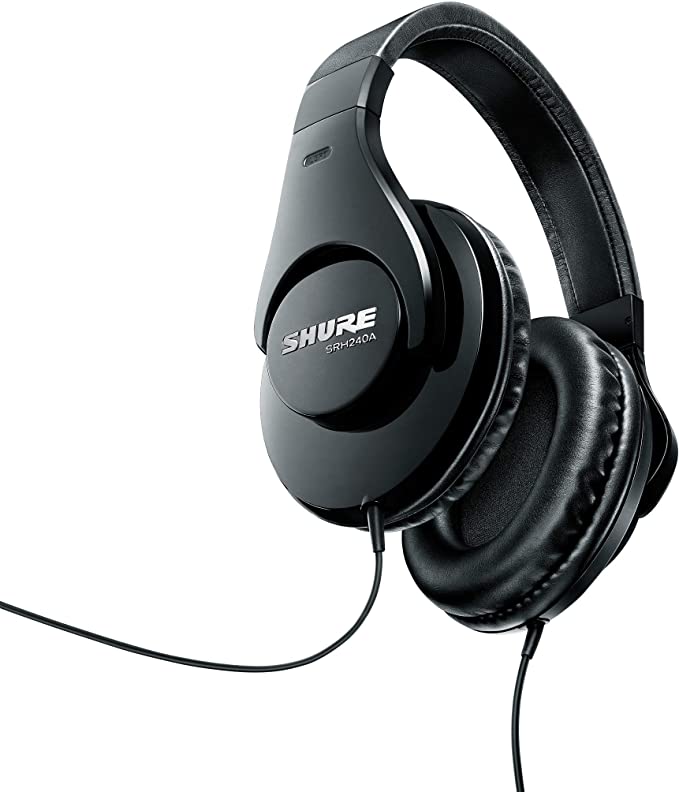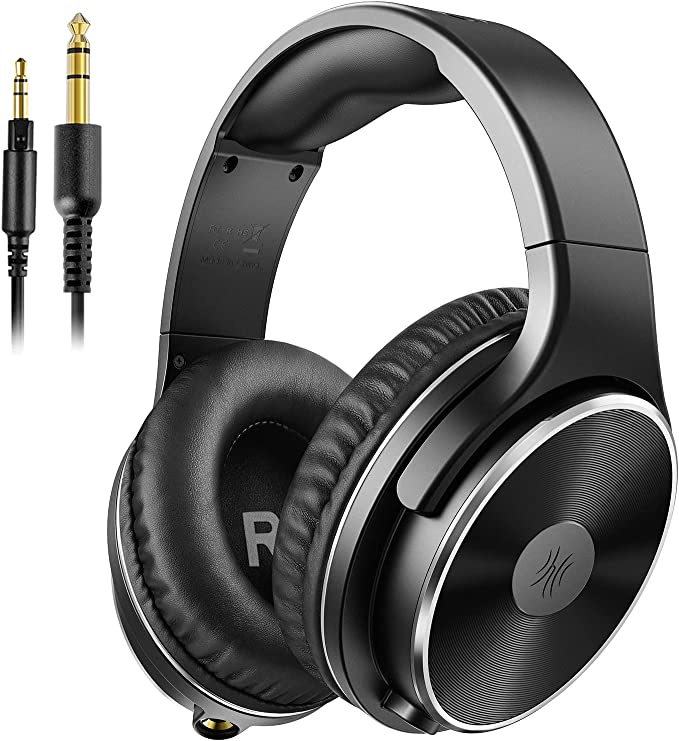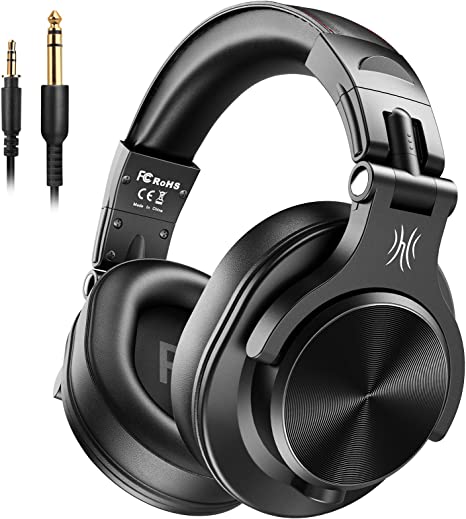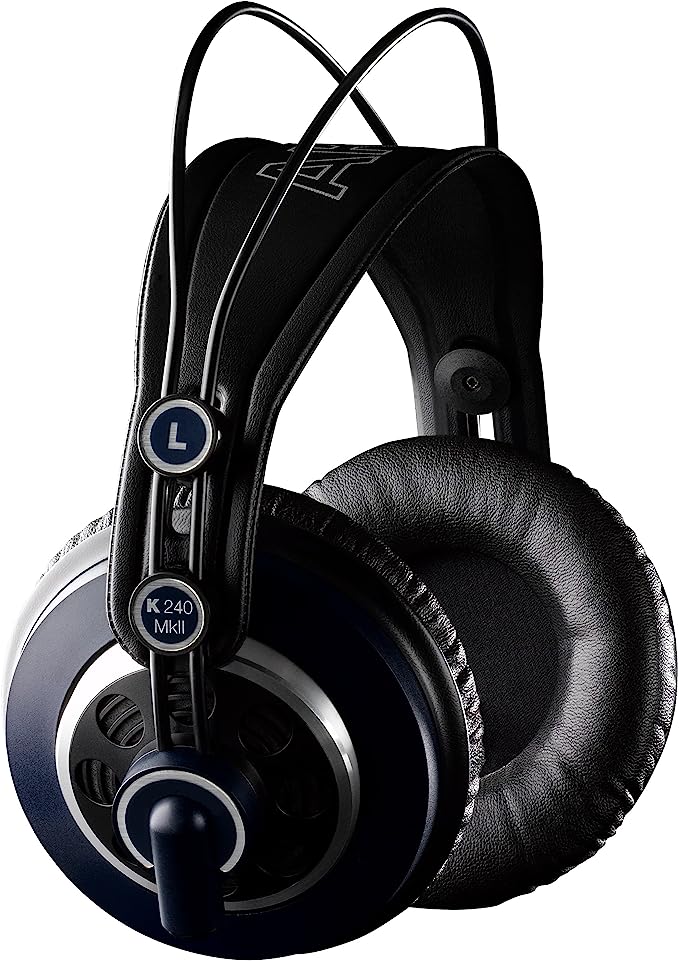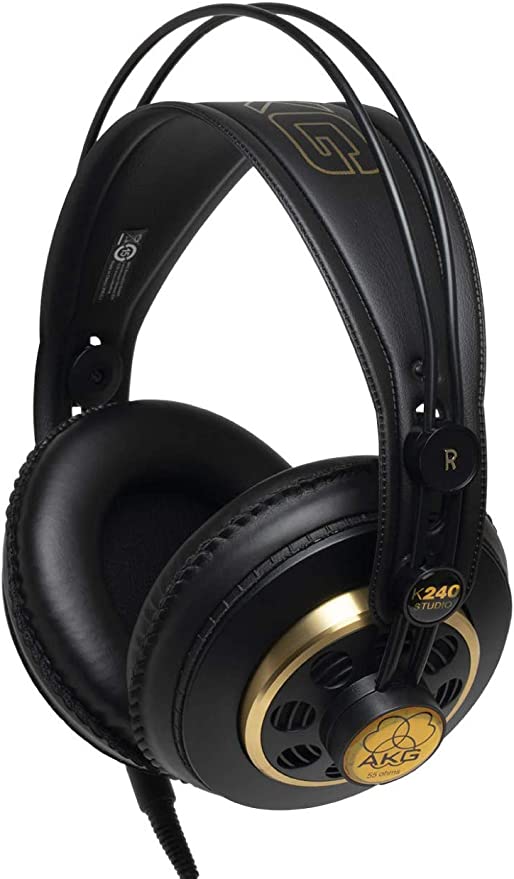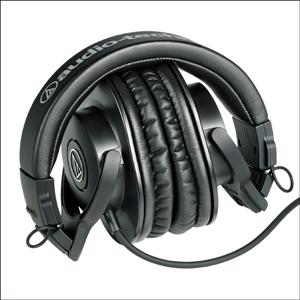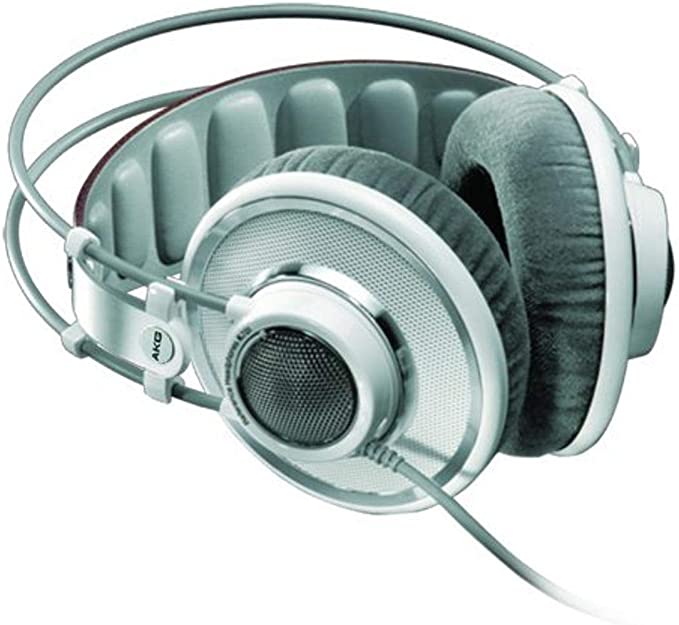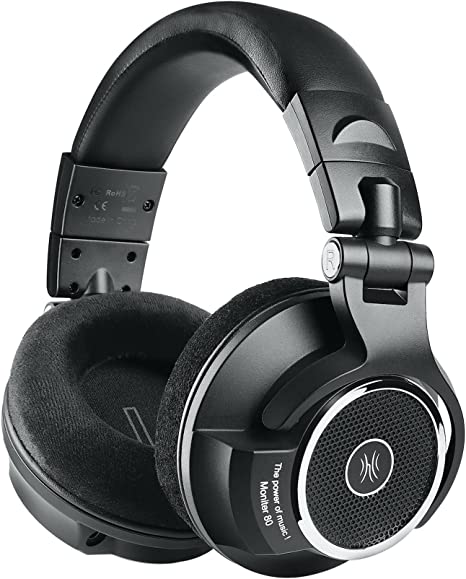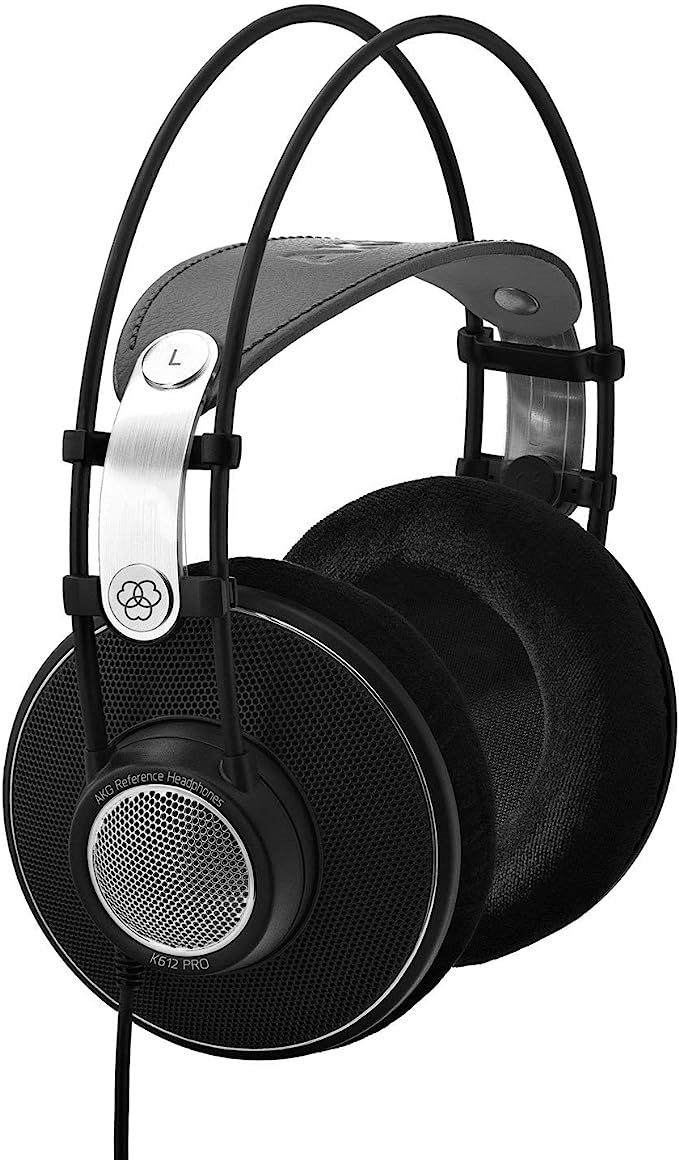The 'Boring' Sound of Truth: A Guide to Flat-Response Studio Headphones
Update on Nov. 14, 2025, 8:52 a.m.
If you’ve just put on your first pair of “studio monitor” headphones, you might be experiencing a profound sense of disappointment. Where is the booming bass? Where is the sparkling treble? Instead of an immersive concert, the music likely sounds flat, distant, or as one listener aptly put it, “super boring.”
Congratulations. You are hearing the sound of accuracy.
The single greatest misconception in audio is the purpose of a studio headphone. It is not a tool for enjoyment; it is an instrument for analysis. Unlike consumer headphones, which are “tuned” to make music sound more exciting, a studio monitor strives to be an unbiased reporter. Its job is to reveal the truth of a recording, flaws and all.
Today, we’re decoding the principles of the studio monitor, focusing on the specific engineering challenges of the closed-back design. We’ll use a classic example, the AKG K553 MKII, as a case study to understand the technology that delivers this “boring”—and essential—truth.
The “Flat Response” Myth: Why Accurate Sounds Boring
A “flat frequency response” is the holy grail of audio engineering. This doesn’t mean the headphone produces no bass. It means it produces exactly the amount of bass that was recorded, no more and no less.
- Consumer Headphones (The “Smiley Face” Curve): Most headphones you buy are tuned with what engineers call a “smiley face EQ.” They artificially boost the low-end (bass) and the high-end (treble) because, psychoacoustically, this sounds more powerful and “fun.”
- Studio Headphones (The “Flat” Line): A studio monitor aims for a flat line. It reveals the mix. If an engineer is using “fun” headphones to mix a song, they might reduce the bass (because it already sounds so loud), resulting in a mix that sounds thin and weak on any other system.
This is why listeners, after their “ears adjusted,” grow to love a flat response. They are hearing the music as the artist and engineer intended. As one user noted, “they are bassy when there is meant to be bass but they won’t kick out ridiculous sub bass in every song.” That is the very definition of accuracy.
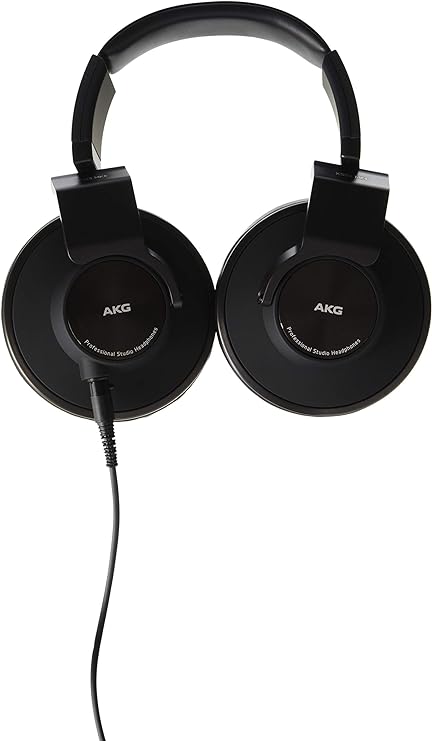
The Engineer’s Dilemma: The Closed-Back Paradox
For decades, engineers faced a dilemma:
1. Open-Back Headphones sound “natural,” wide, and clear. Because the back of the driver is open to the air, there are no internal echoes, and the sound is transparent. But they don’t block any outside noise and leak sound everywhere, making them useless for recording (the sound would leak into the microphone).
2. Closed-Back Headphones provide sound isolation. They are essential for a recording artist. But sealing the driver in a plastic cup creates an acoustic “box,” causing sound waves to reflect, resonate, and muddle the audio, especially in the bass.
This is the central engineering challenge: how do you get the isolation of a closed-back with the clarity of an open-back? This is precisely the problem a headphone like the AKG K553 MKII is designed to solve.
A Case Study in Solving the Paradox
Engineers use a combination of power, scale, and clever acoustics to fight the physics of a sealed box.
1. The “Engine”: 50mm Transducers
The “driver” or “transducer” is the tiny speaker in the earcup. The K553 MKII uses massive 50mm transducers. Size here is not about “loudness”; it’s about effort.
* A large 50mm diaphragm can move a large volume of air (required for bass) with very little movement. It’s like a large-displacement engine idling, versus a tiny engine screaming at high RPMs.
* This “low-effort” movement results in significantly less distortion and a faster, more accurate “transient response” (the ability to stop and start a sound, like a drum hit). This is what creates the “transparent sound” and “detailed” audio that users praise. It’s an attempt to replicate the effortless clarity of an open-back design.

2. The “Versatility”: Low-Impedance Drivers
Historically, high-accuracy headphones required high “impedance,” meaning they needed a powerful, dedicated studio amplifier. The K553 MKII features a low-impedance design. This is a deliberate choice for the modern prosumer. It means the headphones are “sensitive” enough to be driven correctly by a laptop, tablet, or smartphone, yet still scale up when plugged into a proper studio amp. This versatility makes it a powerful “go-anywhere” reference tool.
3. The “Modularity”: A Detachable Cable
A professional tool must be repairable. The single most common point of failure on any wired headphone is the cable. A detachable cable is an engineering hallmark of a professional product. It acknowledges that the cable will fail. As one user complained, the included cable was “way too short.” In a non-modular design, this would be a fatal flaw. Here, it’s a simple inconvenience: you just swap the cable for one that suits your needs, ensuring the headphones last for years, not months.
Coda: The Right Tool for the Job
A closed-back studio monitor is not for everyone. It’s a specialized instrument. It’s for the recording artist who needs isolation, the audio engineer who needs to identify a resonant “buzz” at a specific frequency, and the critical listener who wants to hear the truth.
Devices like the AKG K553 MKII represent a mastery of engineering trade-offs. They deliver a “balanced neutral sound” by using large, high-performance drivers to overcome the inherent acoustic challenges of a sealed, isolating design. While they may feel “boring” at first, they are a bridge to a deeper understanding of music—a tool that trains your ear to hear the difference between a “good” sound and a “truthful” one.
